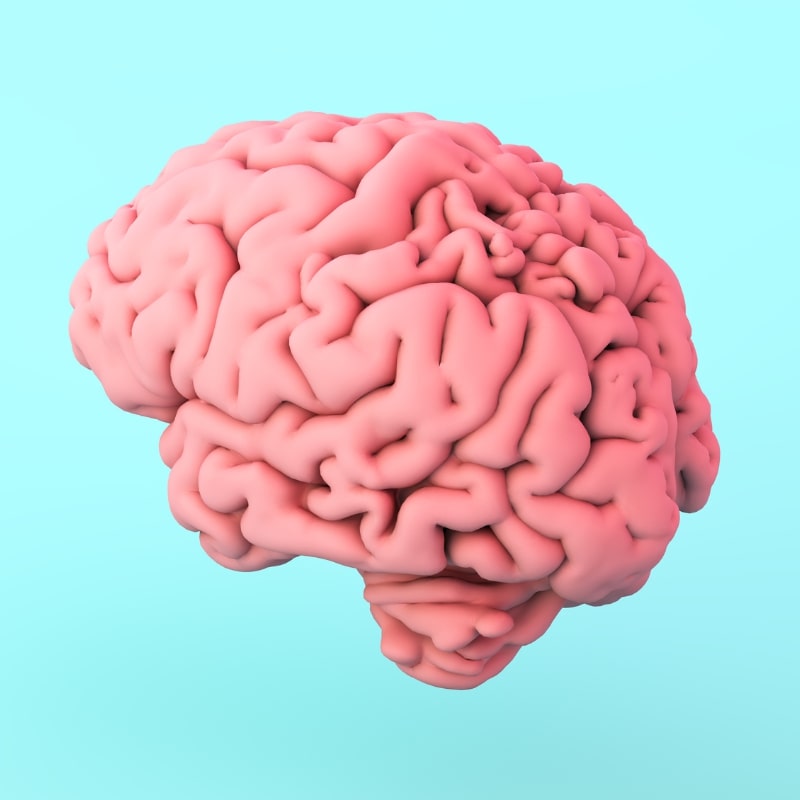 As teachers know all too well, sometimes even the most well-thought-out and meticulously planned lessons can fall flat. Students can seem disengaged, confused, or restless. In moments like these, it is important to consider what may be happening to students internally that makes it difficult for them to learn. Having an understanding of how the brain processes in such times of stress can be an empowering tool as you work to shift students’ headspaces toward being more open for learning.
As teachers know all too well, sometimes even the most well-thought-out and meticulously planned lessons can fall flat. Students can seem disengaged, confused, or restless. In moments like these, it is important to consider what may be happening to students internally that makes it difficult for them to learn. Having an understanding of how the brain processes in such times of stress can be an empowering tool as you work to shift students’ headspaces toward being more open for learning.
Wired to prioritize survival over learning, the brain’s primary function is to keep us alive. When the amygdala, an important area in the brain for processing emotions and responding to stressful stimuli, is hyperactive, we can become “stuck” in our emotional brain. The amygdala could be hyperactive from day-to-day stressors or could be more consistently stimulated due to triggers associated with trauma. Regardless of the cause, a hyperactive amygdala impairs a student’s ability to pay attention, make decisions, and learn. In order for higher-order conscious processing to occur, such as empathy-building, critical thinking, and emotional regulation, the student must first calm their nervous system. During these times, students benefit from being able to tune into how their bodies are feeling. One way to do this is through simple breathing and mindfulness practices. Consider starting a lesson with a five minute activity where students focus on their breathing and then direct their attention to other senses — noticing what they hear, then smell, and finally what they feel.
While mindfulness can feel like an ambiguous topic, it can be defined simply as awareness. Awareness for one’s surroundings and how this impacts a person’s inner state is a powerful tool for increasing social-emotional competency. Mindfulness trains our brains to respond in ways we choose instead of in a default or reactive manner. Mindfulness helps reduce activity in our amygdala and increase activity in the prefrontal cortex, where higher-order processing, thinking, and reasoning occur. Mindfulness practices promote increased calmness, focus, concentration, and greater impulse control.
In addition to using mindfulness as a tool to help students feel more grounded and ready to learn, don’t underestimate the power you have as a teacher in being a good role model. This could start with incorporating mindfulness exercises into your daily routine, allowing yourself to be more present and in tune with your emotional state. Additionally, take advantage of mirror neurons. Mirror neurons are a specific type of neuron that allow the brain to imitate the actions of others. When you see someone smile, for example, mirror neurons create the feeling associated with smiling in your own brain. The same is true for laughter, yawning, physical touch, crying, and more. So when you as a teacher model kindness, it is contagious! Mirror neurons also help you feel and understand the emotions of others, a key part of developing empathy. Importantly, mirror neurons are constantly modulating or changing their activity; the more we practice a behavior the stronger the neural connections become. As a result, these behaviors and patterns of thinking become new habits and change our default mode of processing. Consistently witnessing empathy, for example, helps you become a more empathetic person.
Social and emotional learning is a powerful tool to enhance and enrich our well-being. An understanding of our brain’s default-mode of thinking and how we can alter this state can make SEL curriculum even more impactful. Whether you start a lesson with a quick breathing exercise or think more consciously about how you are modeling behavior to your students, being mindful of how one’s emotional state impacts readiness to learn can help students be more effective learners and make you a more effective educator.
Resources
Hawk Foundation (2011). The MindUP Curriculum: Grades 6-8.
Imad, Mays (June, 2020). “Leveraging the Neuroscience of Now.” InsideHigherEd.
Imad, Mays (January, 2021). “Ours is Not a Caravan of Despair”: Trauma-Informed Education in Turbulent Times.” HIP Statewide Conference Lecture.
Rechtschaffen, Daniel (2014). The Way of Mindful Education: Cultivating Well-Being in Teachers and Students. W.W. Norton & Company.



